Sage-Grouse Courtship Season
Editor’s note: On Wednesday, March 24, Bruce Mast will be leading a Virtual Field Trip via Zoom to see Greater Sage-Grouse courtship dances, as well as Sage Thrasher and Sagebrush Sparrow—a Sage Trifecta. As a preview, we’re reprinting Bruce’s 2019 blog post about his annual Sage-Grouse trip to Lassen County. You’re invited to join us for his March 24th Zoom presentation, which is part of our annual Birdathon fundraising month: Details and registration at goldengatebirdalliance.org/birdathon_trips/43301/.
By Bruce Mast
The eastern sky was just beginning to glow pink. We were cold. It was early spring in the eastern Sierras and we were cold. And under-caffeinated. We had been up since 4 a.m., bundling into our down and fleece, driving since 5 a.m. past the High Desert State Prison, and then trudging up the flank of Shaffer Mountain to shiver expectantly on the side of a rutted jeep road. We were 20 hardy souls from Golden Gate Bird Alliance, under the veteran leadership of Dave Quady. Why had we journeyed northeast to Susanville to visit such a desolate place? The answer came soon enough.
 Grouse watching at Shaffer Lek
Grouse watching at Shaffer Lek
The answer came quietly—low, muffled plopping sounds from the north. A binocular scan revealed an expanse of yellow, lava-strewn grass interrupting the sagebrush sea. But some of the rocks were moving! As morning light spread over the landscape, the tableau came into focus. Greater Sage-Grouse, those enigmatic denizens of Basin and Range sagebrush country, were gathering for their annual lekking ritual. Wikipedia tells us that a lek is an aggregation of male animals gathered to engage in competitive displays to entice visiting females, which are surveying prospective mates. The term derives from the Swedish “lek”, a noun that typically translates as “play”. The term was originally used for Black Grouse (Swedish: “orrlek”) and for Western Capercaillie (Swedish: “tjäderlek”).
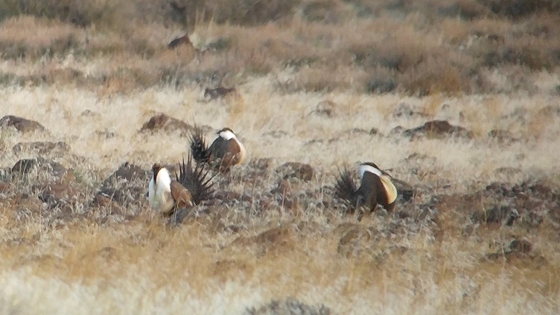 Sage Grouse, Shaffer Lek, Lassen Co., March 19, 2016
Sage Grouse, Shaffer Lek, Lassen Co., March 19, 2016
On this morning, multiple male Sage-Grouse strutted regally, their spiky tails fanned, white feathering on the sides and back of their necks forming a royal ruff. Large air sacs on their breasts suggested avian bagpipes. Scope views revealed large yellow bare patches on their breasts, a yellow fleshy comb above the eye, and wispy filoplumes extending from their nape.
The dominant males held court in the center of the lek, challenging newcomers for status and position. Most interactions involved choreographed strutting and posturing but occasionally a wing fight was required to put a young male in his place.…

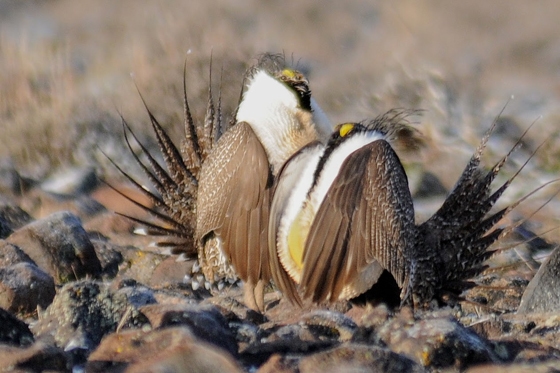
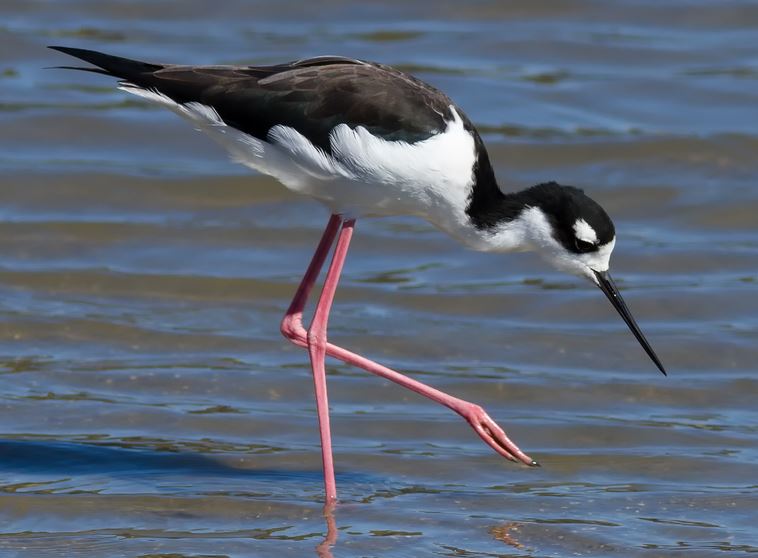

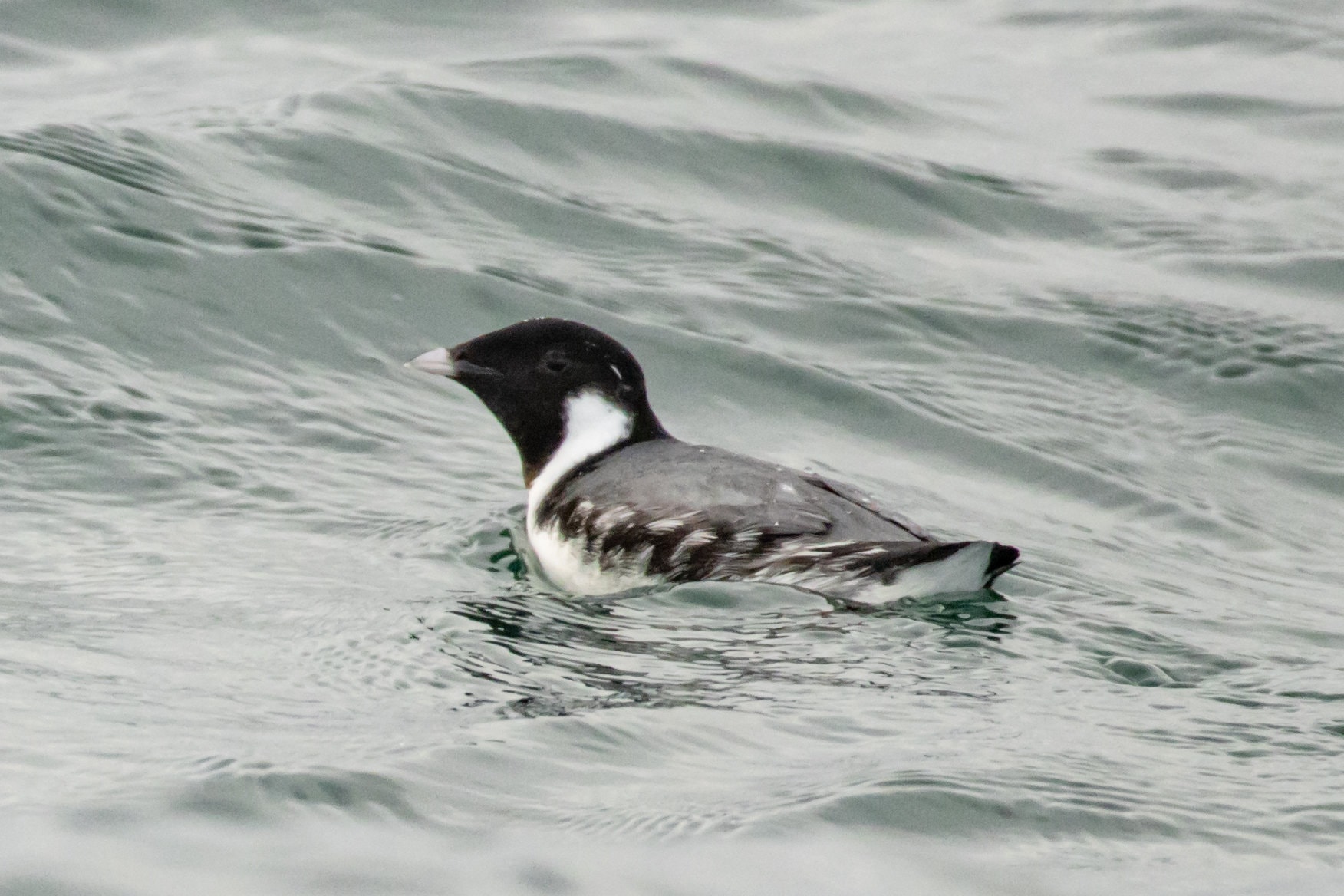 Ancient Murrelet by Eric Ellingson
Ancient Murrelet by Eric Ellingson

 Coast Red-flowering Currant by Noreen Weeden
Coast Red-flowering Currant by Noreen Weeden
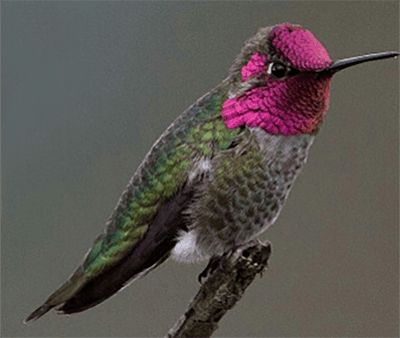 Anna’s Hummingbird by Noreen Weeden
Anna’s Hummingbird by Noreen Weeden
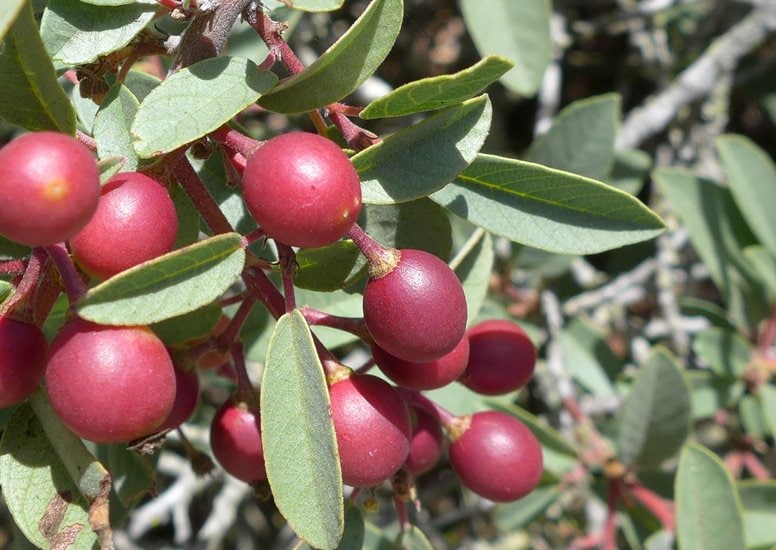 Coffeeberry by Neal Kramer
Coffeeberry by Neal Kramer
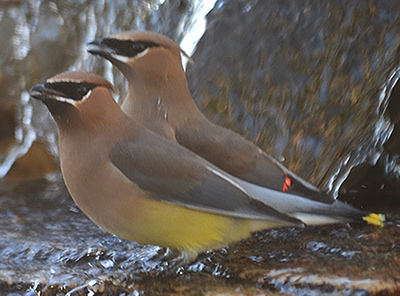 Cedar Waxwings by Noreen Weeden
Cedar Waxwings by Noreen Weeden
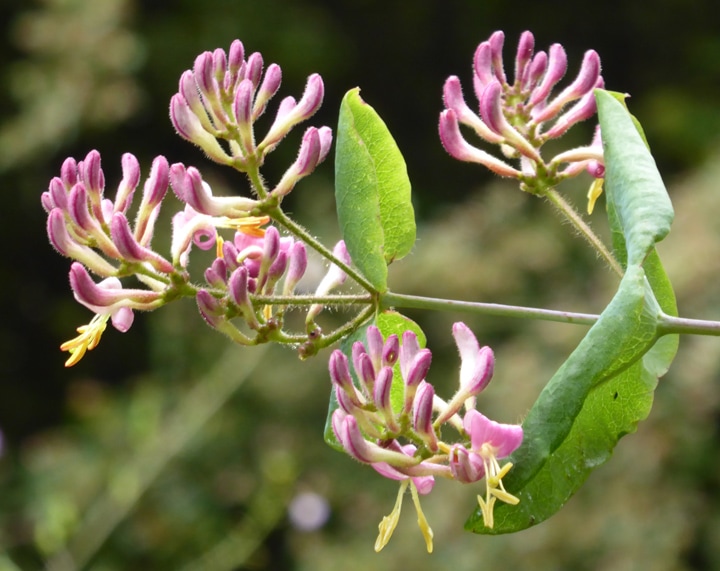 California Honeysuckle by Margo Bors
California Honeysuckle by Margo Bors
 Allen’s Hummingbird by Noreen Weeden
Allen’s Hummingbird by Noreen Weeden
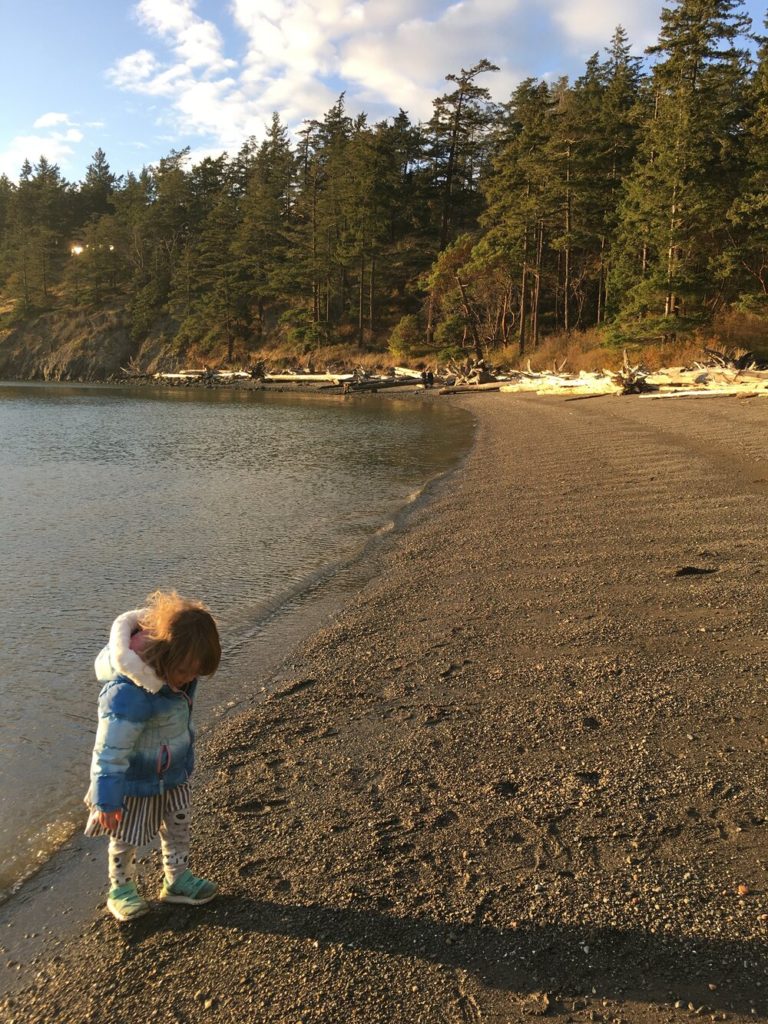
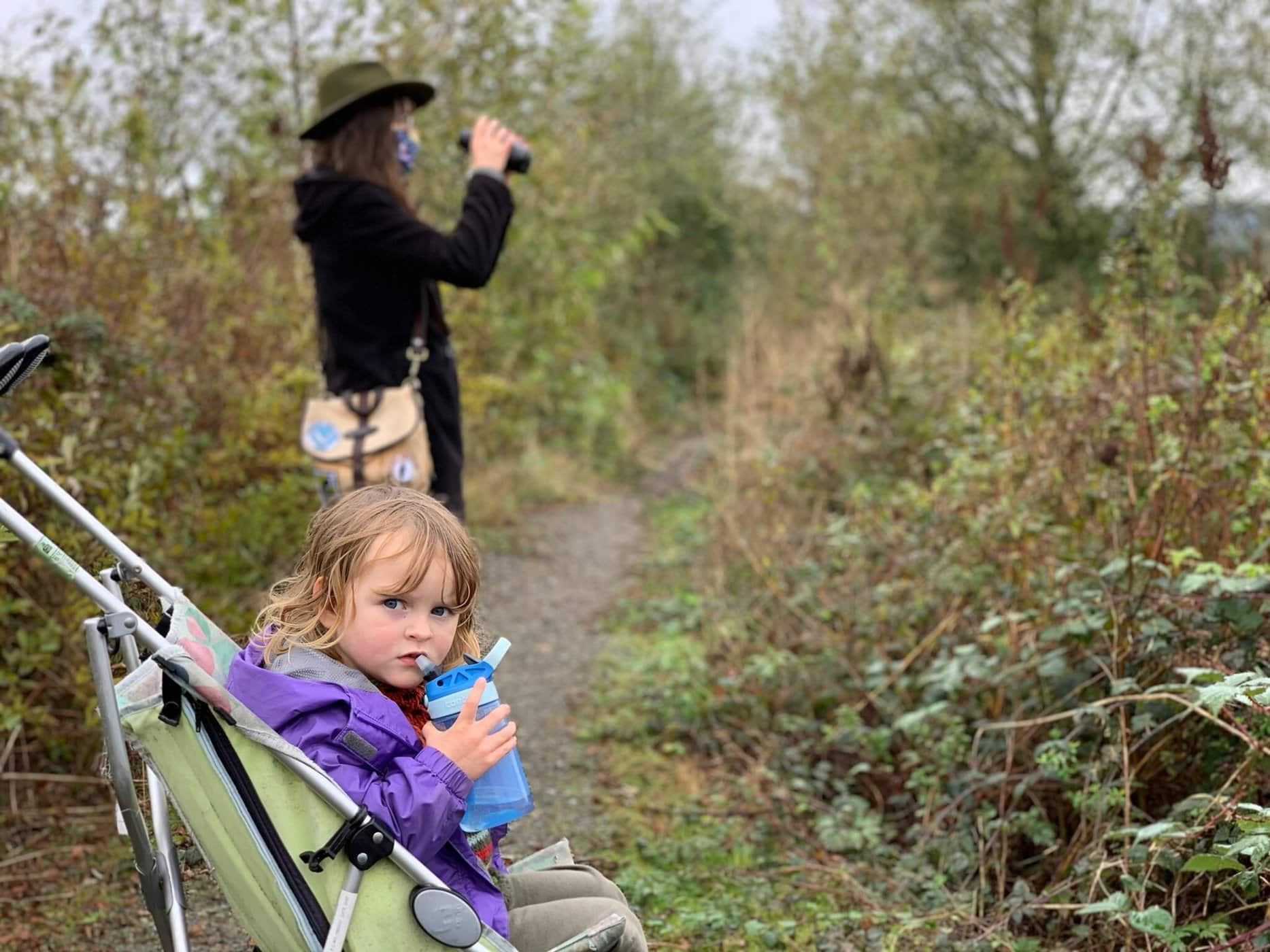 Birding with my daughter at Spencer Island, Everett, WA, October 2020. Pandemic mask dates this. Photo by Elisa Murray, also a mother!
Birding with my daughter at Spencer Island, Everett, WA, October 2020. Pandemic mask dates this. Photo by Elisa Murray, also a mother!